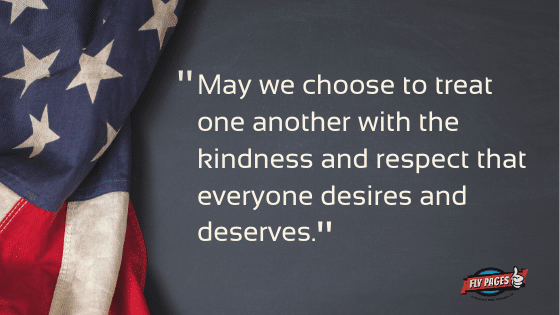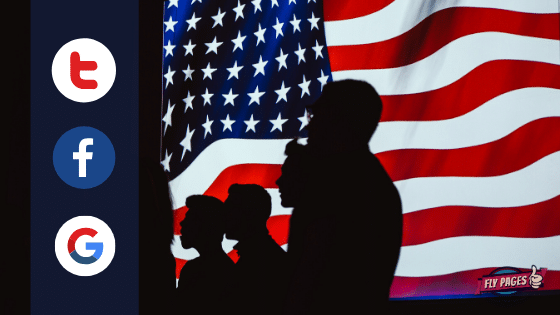Possible speed bumps ahead in this election year
Social media marketing requires an eye for trends and possible pitfalls. That’s why our team is on high alert, monitoring some recent policy statements from major digital marketing platforms and anticipating the impact it will have on our clients. What we’re learning is that the fierce 2020 political campaign season is gearing up to cause some potential digital marketing headaches.
Major ad options not as rosy for political groups
Late in 2019, Google posted an update to its political advertising policy. As of December 3, 2019, anyone posting ads that influence national and state-level elections will no longer be able to target audiences based on political affiliation. Google also announced that all ads will be subject to review for “false claims.” The company will also offer a searchable report on who posted the ad, how much they paid, how many people have seen it, and how those people were targeted. Targeting will now be limited to age, gender, and general location.
This increased transparency and scrutiny means Google isn’t a friendly ad platform for political parties, candidates, and issue-based groups. When you consider Twitter CEO Jack Dorsey’s new policy banning political groups from placing ads altogether, the options for digital political advertising look to directly impact less-restrictive platforms.
Zuckerburg opens the door for politics
Facebook and Instagram’s political advertising policies changed in late 2019, as well. CEO Mark Zuckerburg announced an “open door” policy in November specifically for political advertising. What that means is that political ads on Facebook and its sister company, Instagram, face little to no scrutiny for approval, an obvious 180 from Twitter or Google’s stance. Zuckerburg’s approach will include enhanced controls for users, who will be able to limit the number of ads they see in their feed and how they are targeted for advertising.
How this affects social media advertising strategy
Many of our clients have had great success with Facebook and Instagram ad campaigns due to their incredible ability to provide laser-focused targeting. However, as the new political advertising policies take effect, we’re keeping our eye on how inventory demand will affect ad results, including cost per conversion rates. What we expect to see is a sharp increase in ad costs as the less-restrictive Facebook and Instagram platforms open up the flood gates for political advertisers. Higher demand on Facebook and Instagram ad inventory may require a fresh look at digital advertising strategy for all our clients.
Fans may shift platforms as the political season takes its toll on hearts and minds
The 2016 presidential campaign was just a pre-cursor for what we expect to see in the 2020 campaign. Our country, friends, and even family members continue to be fiercely divided. As the 2016 campaign season drew closer to election day, voices grew increasingly louder as people hid behind social platforms to speak (or shout) their opinions, particularly on Facebook. The 2020 election year is proving to be even more politically charged. With Facebook’s “open door” policy for politicians, fans may tire of the platform and turn to “safer” spaces like Twitter, Pinterest, or even local social platforms like NextDoor.
Politics-proof your digital and social media marketing campaigns
At Fly Pages, we watch changes in the digital market and how they affect our clients’ marketing and advertising dollars. We’re good at changing things “on the fly,” redirecting our efforts to maximize efficiency and get results. Sign up for our newsletter to stay up-to-date on what we’re seeing as the political campaign season swings into high gear.
One final moment on my soapbox, please
As we enter another presidential campaign year, may we all remember that differing opinions do not have to be divisive. May we choose to approach this political year treating one another with the kindness and respect that everyone desires and deserves.



